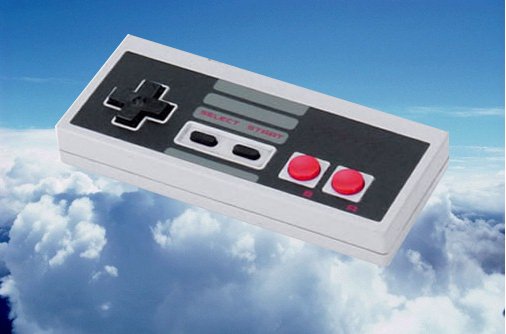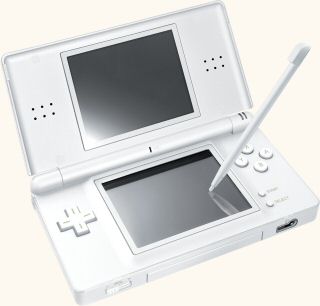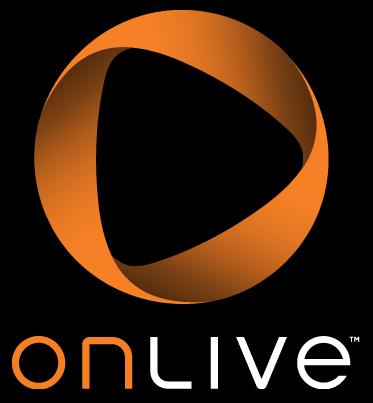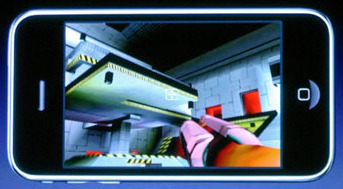 The music industry is notoriously slow on the Internet uptake. To drive that point home even further, EMI Australia’s new blog, “The In Sound From Way Out,” is apparently the first ever from a major record label. It’s appropriate, then, that the title is borrowed from a 13 year-old Beastie Boys album.
The music industry is notoriously slow on the Internet uptake. To drive that point home even further, EMI Australia’s new blog, “The In Sound From Way Out,” is apparently the first ever from a major record label. It’s appropriate, then, that the title is borrowed from a 13 year-old Beastie Boys album.
Posts began unceremoniously in late February with a few Pet Shop Boys videos (kudos to Wired for picking up on this now) and continues along at a post or two per day, with sporadic days off. On its face, the blog looks like any other site dedicated to the latest music happenings. There are announcements regarding a variety of groups — the text doesn’t explicitly mention that they’re all EMI bands, but they are — and embedded links to music videos. Today, there’s a post on a really interesting demo package that showed up at the A&R office.
The bloggers seem open to hearing about unsigned bands, too; a box at the top of the screen encourages readers to send tips, and promises to sign groups that the staff really enjoys.
Scanning a couple pages, I quite like the relaxed and open feel of the blog, and that seems to be the point. “As far as we can tell, we are the only major label with this level of openness about who we are and what we do,” the blog’s About page reads. “We hope you respond to that with openness of your own.”
Indeed, the music industry is often stigmatized as a bunch of cold, careless suits. Whether or not music industry blogs such as this can translate into sales is up for debate, but the young, smiling faces of the In Sounds staff are, at minimum, great PR.

 When OnLive revealed its plans last week for a streaming computer game service, it was hard to pick out the criticism with all the buzz in the air. Admittedly, I didn’t bother to question the service’s technical feasibility (I’m still fixated on
When OnLive revealed its plans last week for a streaming computer game service, it was hard to pick out the criticism with all the buzz in the air. Admittedly, I didn’t bother to question the service’s technical feasibility (I’m still fixated on  We recently gave Sony
We recently gave Sony  The boy takes the longtime girlfriend out to a fancy dinner and says he’s got a surprise for her. Excitement builds. She’s waiting for the engagement ring. Instead, he pulls out season tickets to the Yankees. This is a scenario I’ve surely seen in a movie, TV show or commercial, but wouldn’t you know, I can’t recall a specific example.
The boy takes the longtime girlfriend out to a fancy dinner and says he’s got a surprise for her. Excitement builds. She’s waiting for the engagement ring. Instead, he pulls out season tickets to the Yankees. This is a scenario I’ve surely seen in a movie, TV show or commercial, but wouldn’t you know, I can’t recall a specific example. Electronic Arts, architects of possibly the biggest Digital Rights Management disaster in PC gaming, are abandoning their wicked ways and going back to a less intrusive copy protection process.
Electronic Arts, architects of possibly the biggest Digital Rights Management disaster in PC gaming, are abandoning their wicked ways and going back to a less intrusive copy protection process. The folks at Good Old Games, or
The folks at Good Old Games, or  Do you, our readers, think that Technologizer is resistant to innovation? Organized and efficient? Respectful of authority? Loyal team players?
Do you, our readers, think that Technologizer is resistant to innovation? Organized and efficient? Respectful of authority? Loyal team players? Funny thing about the Internet age: When a video game company announces a significant improvement in its console, there needn’t be any countdown to implementation.
Funny thing about the Internet age: When a video game company announces a significant improvement in its console, there needn’t be any countdown to implementation. There’s a sweet, sweet buzz in the air this week with the unveiling of OnLive, a start-up computer game service that’s inspiring eerie prophecies on the demise of the console and the subsequent rebirth of PC gaming.
There’s a sweet, sweet buzz in the air this week with the unveiling of OnLive, a start-up computer game service that’s inspiring eerie prophecies on the demise of the console and the subsequent rebirth of PC gaming. Oh, Peter Dille. The Sony Senior VP of Marketing has a great acid tongue (he recently said game publishers want to “
Oh, Peter Dille. The Sony Senior VP of Marketing has a great acid tongue (he recently said game publishers want to “